Top 10 Garden Myths
Garden myths circulate every year, some of them more entertaining than others. Find out what's true before following random advice.
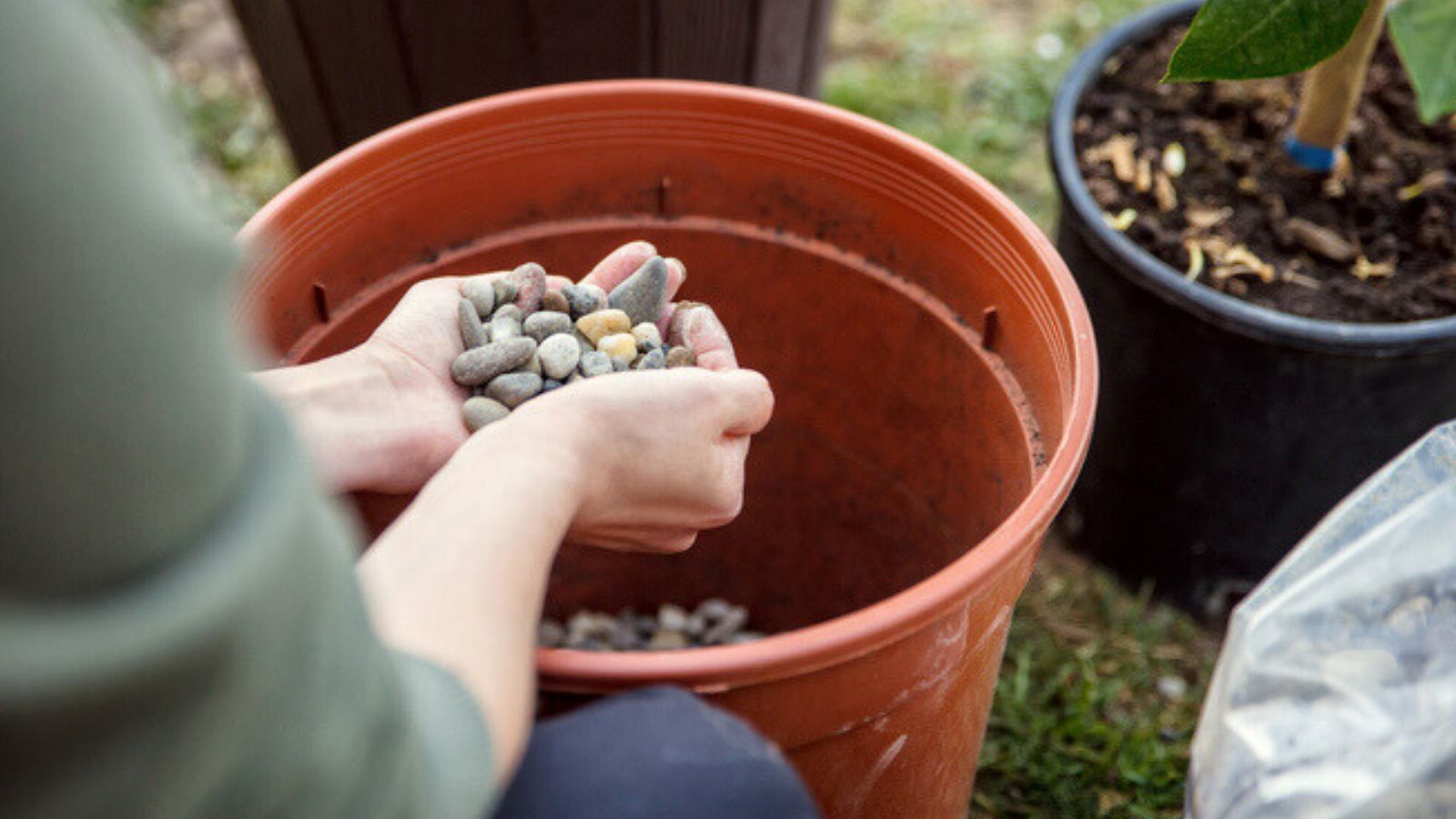

Gardeners often rely on myths and misguided advice handed down from generations of well-meaning folks. Although they continue to circulate, garden myths may actually serve as more hindrance than help. Here are ten of the most common garden myths.
1. A layer of gravel in containers improves drainage.
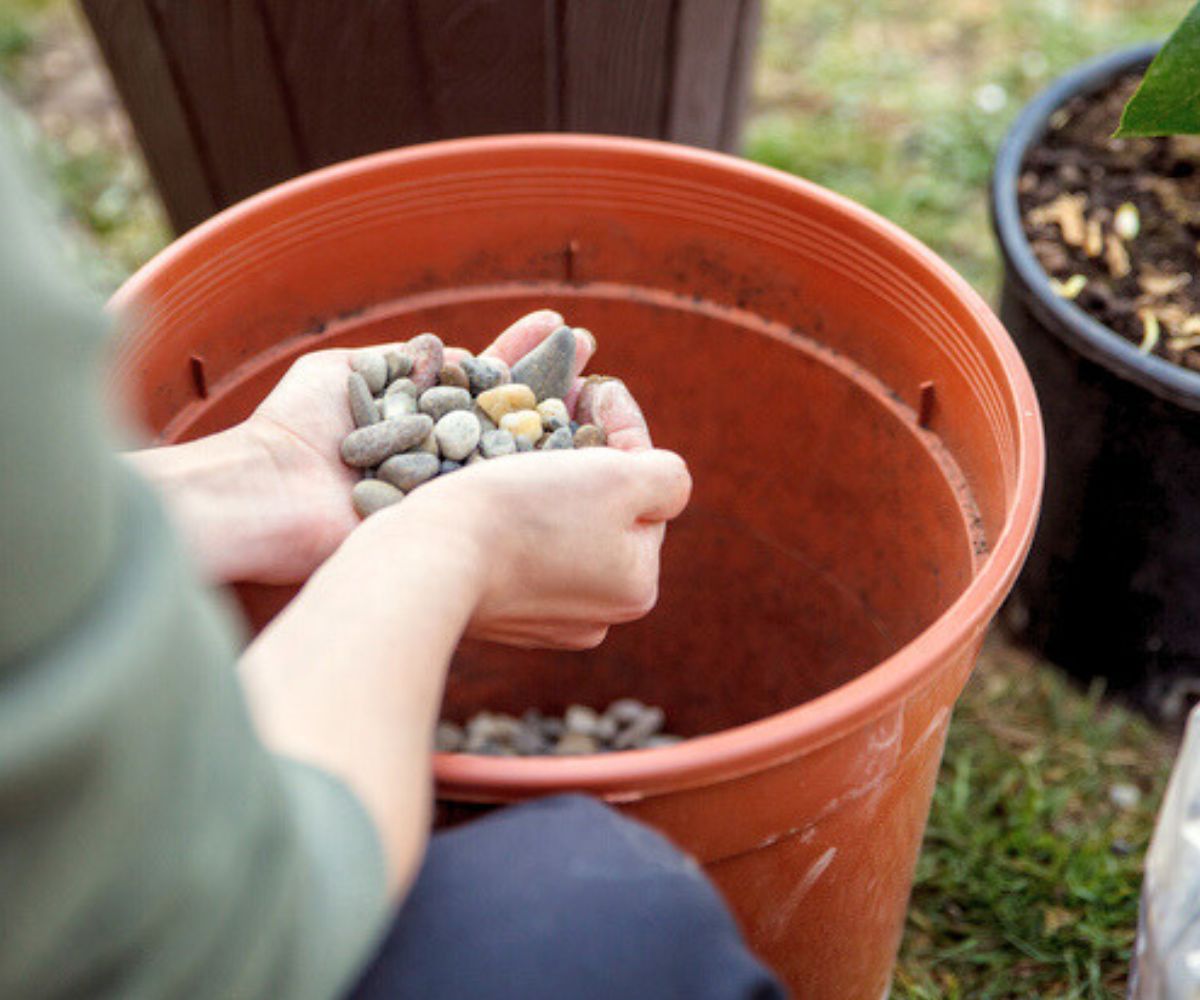
Gravel actually impedes free drainage, which causes excess moisture to collect around the roots. Don’t expect a layer of gravel to take the place of good potting mix and a container with a drainage hole.
2. Smelly plants around the perimeter of the garden will keep deer away.
In reality, deer are wily animals that quickly learn to step around smelly plants and go directly to the good stuff. Additionally, some smelly plants, like mint, are highly invasive.
3. Drought-tolerant plants require no water.
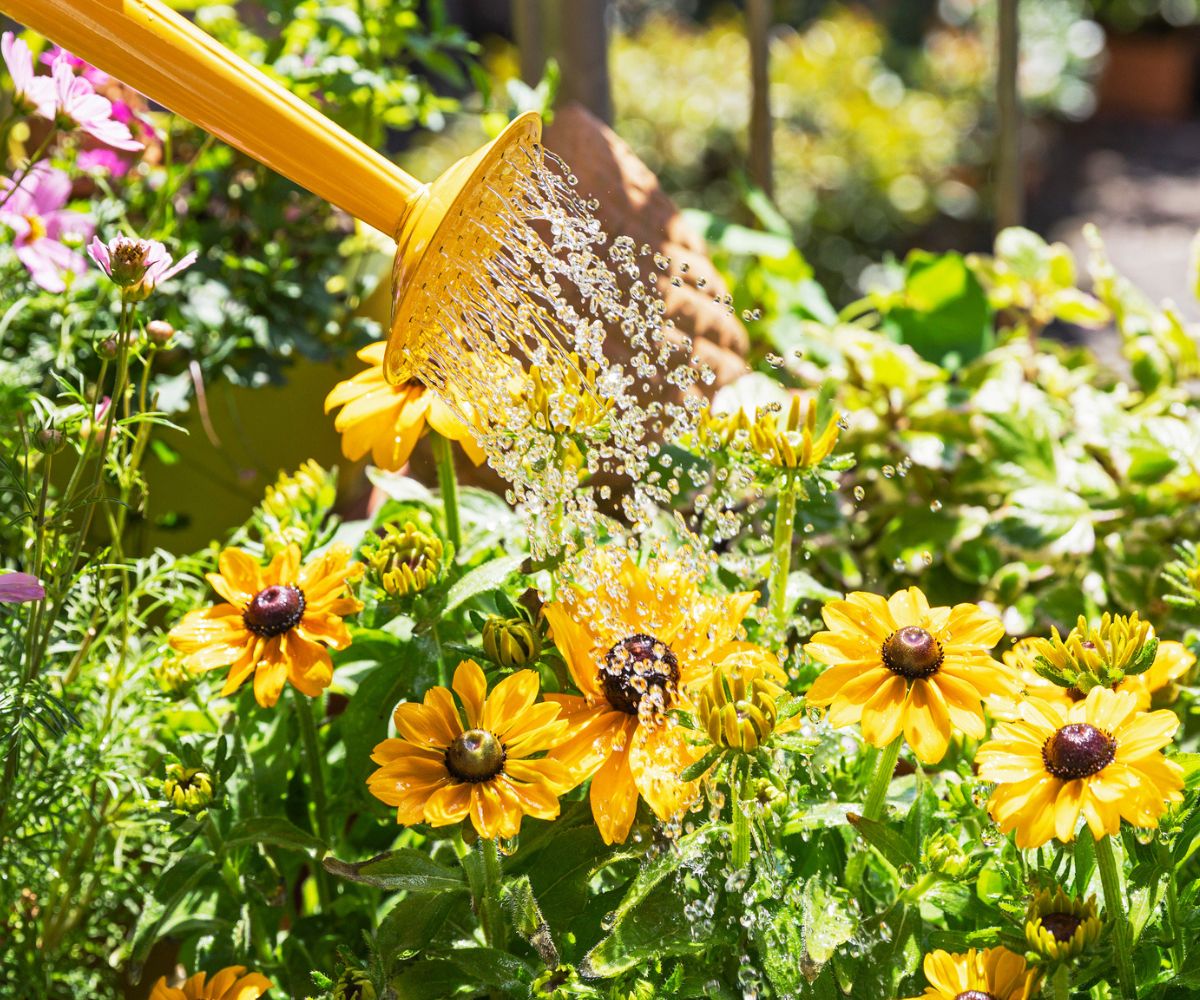
All plants need regular water until the roots are established. After that time, even the most drought-resistant plants benefit from occasional water during periods of hot, dry weather.
4. Watering lawns at night saves water and keeps grass healthy.
Grass that stays wet all night invites fungal disease and mildew. The best time to water is in the morning when grass is able to benefit most from the water, with ample time to dry before evening.
5. If a little fertilizer is good for plants, more is even better.
Too much fertilizer can scorch roots and stunt growth. It can also cause rich foliage with no flowers, or lush fruit trees with no fruit. Additionally, excess fertilizer will wash into the ground water, which is bad news for the environment.
6. Sand improves the quality of clay soil.
Only if you want your soil to be the consistency of mortar, which is great for laying bricks but not so good for plants. Instead, improve clay soil by adding organic material such as compost or finely chopped bark.
Gardening tips, videos, info and more delivered right to your inbox!
Sign up for the Gardening Know How newsletter today and receive a free copy of our e-book "How to Grow Delicious Tomatoes".
7. English ivy is a parasitic plant.
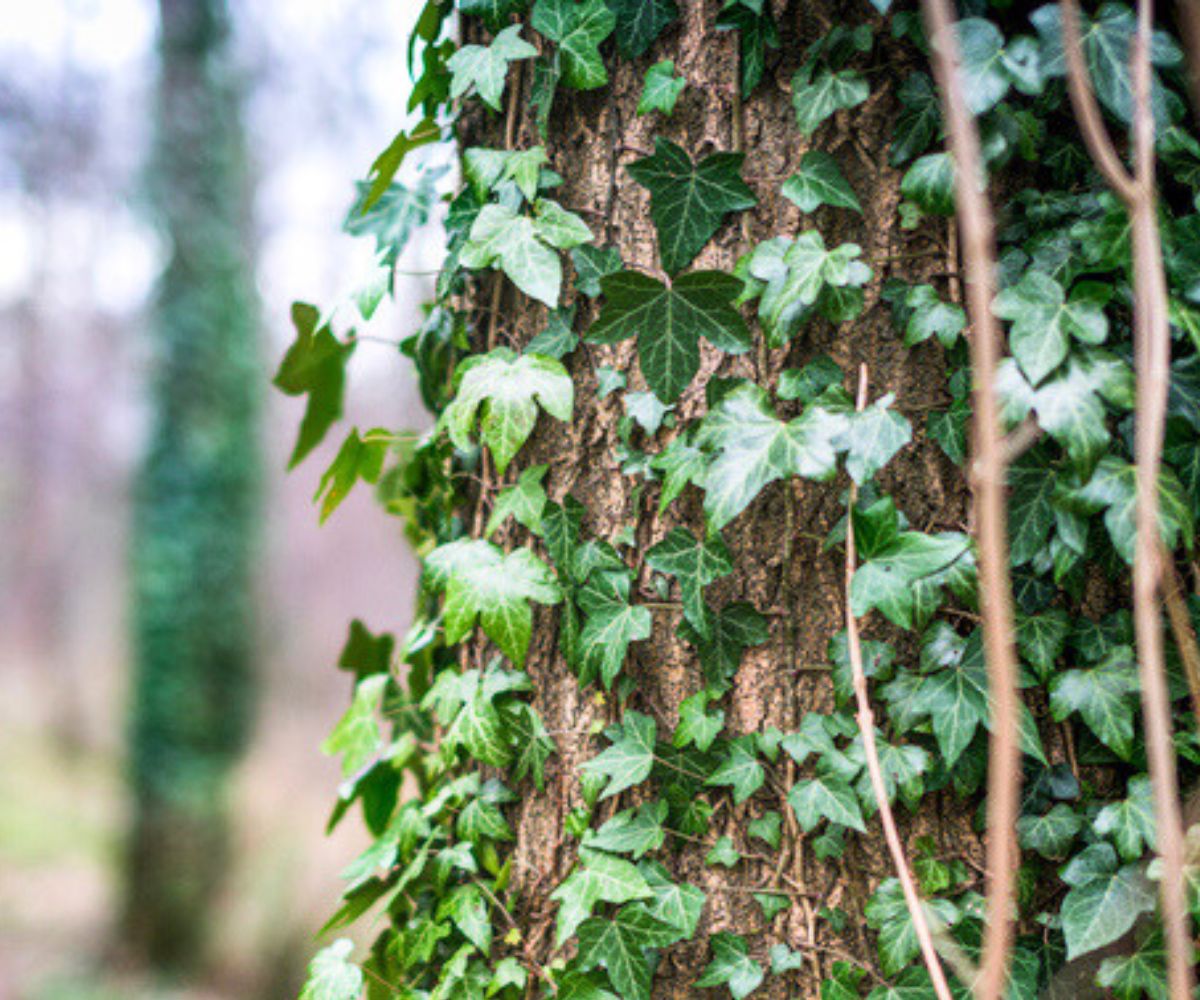
Not true. However, the plant does have aerial roots and tiny root hairs that attach to tree bark as it climbs. English ivy can reach heights of 90 feet and is highly invasive in some areas, especially the Pacific Northwest. Although it isn’t parasitic, it kills by blocking light that prevents photosynthesis for trees, ferns and other wild plants.
8. Mulch piled up against shrubs keeps them healthy and protects roots during winter.
Mulch holds moisture against the base of the shrub, keeping it constantly damp and inviting a variety of moisture-related diseases. Mulch is also attractive to critters who like to chew on the bark. Mulch is great, but keep it a few inches from the trunk.
9. A bleach and water solution is the best way to sterilize garden tools.
Actually, bleach is a corrosive substance that can gradually wear down the surface of garden tools. Bleach is also bad for the environment and irritating to the nose, throat and lungs when fumes are inhaled. Rubbing alcohol, Listerine and Lysol are easy to use and relatively safe in small quantities.
10. Young trees should always be staked.
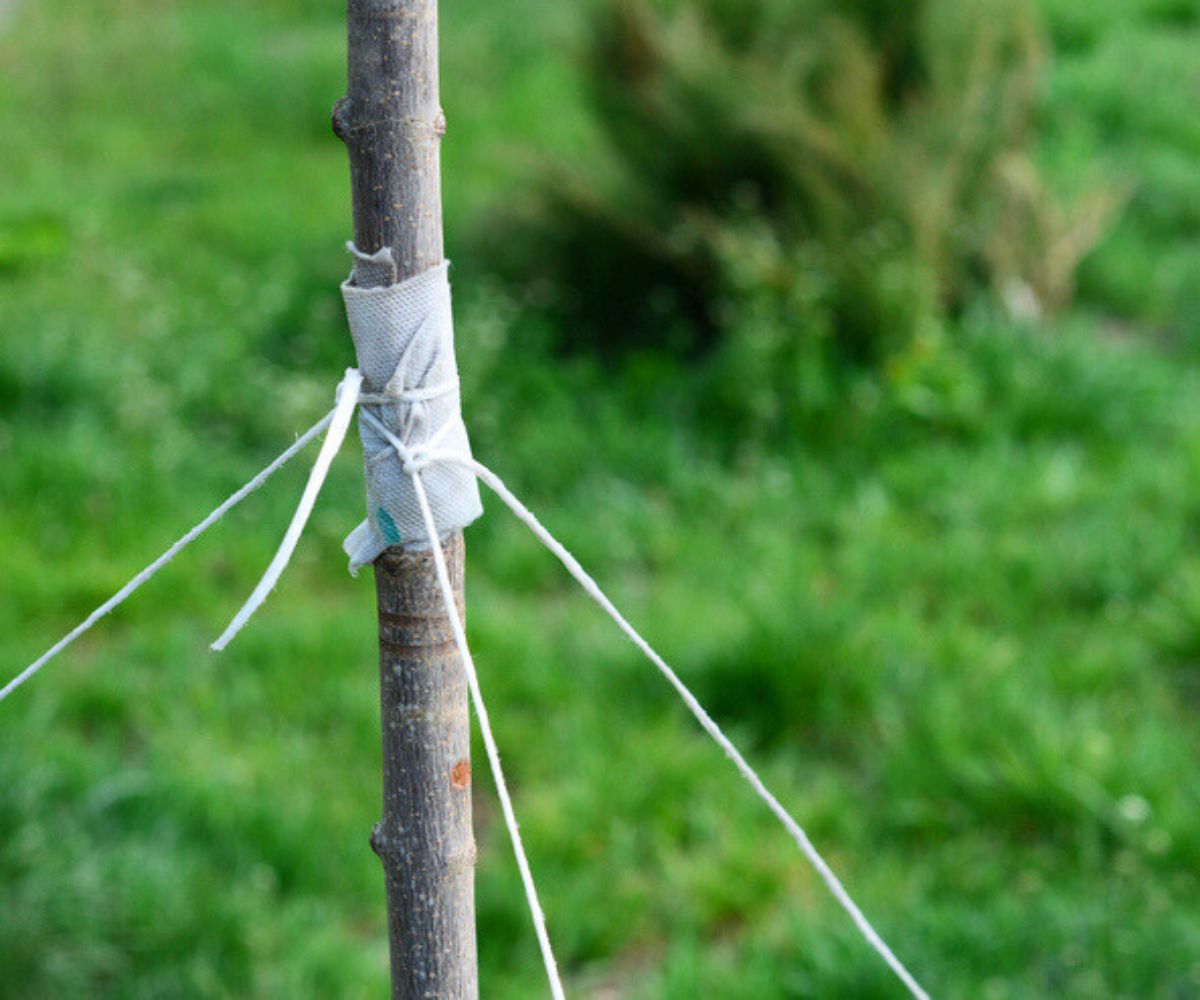
While staking is a common practice, movement actually helps young trees grow to be strong and sturdy, while staked trees tend to be weak and skinny. If you’re planting a tree in a windy area, or if the tree is top-heavy, stake it loosely with soft, flexible material for no longer than six months.

A Credentialed Garden Writer, Mary H. Dyer was with Gardening Know How in the very beginning, publishing articles as early as 2007.
-
 Want The Longest Lasting Hydrangea Flowers? Grow These 8 Panicle Hydrangea Varieties
Want The Longest Lasting Hydrangea Flowers? Grow These 8 Panicle Hydrangea VarietiesFor ornamental shrubs that deliver the longest flowering seasons with plush blooms and delicate hues, these panicle hydrangea varieties are essential in your yard
By Tonya Barnett
-
 Moody Blooms For Spring: 8 Types Of Black Flowers To Add Drama To Spring Displays
Moody Blooms For Spring: 8 Types Of Black Flowers To Add Drama To Spring DisplaysFrom midnight burgundies to inky violets, several types of black flowers can enrich and embolden a spring display. Try these brooding bloomers for a moody garden
By Tonya Barnett